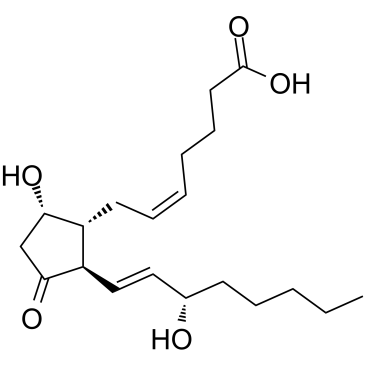| 结构式 | 名称/CAS号 | 全部文献 |
|---|---|---|
 |
前列腺素 D2
CAS:41598-07-6 |
|
 |
D-核糖1,5-二磷酸羧化酶 来源于菠菜
CAS:9027-23-0 |